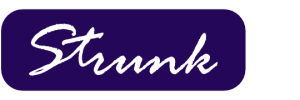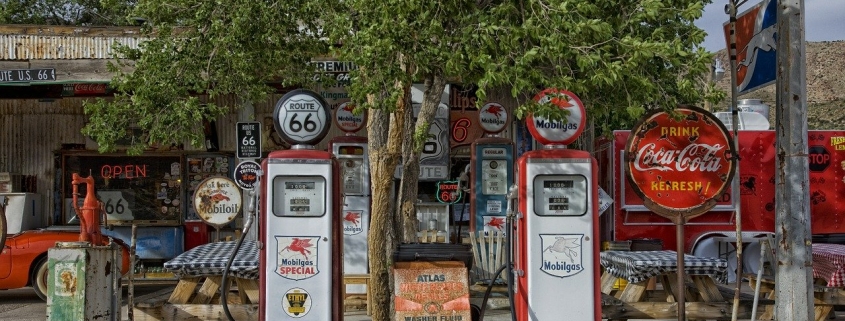Clarification on how to handle “Force Pay” items in an ODP program
Financial Institutions encode items with a special transaction code to ensure payments are received before other items clear an account. The codes are used for a variety of reasons. As long as you make a deposit or have enough money in your account to cover the transaction, you don’t have to take further action. A “force pay” debit is a special transaction code used by the financial institution to insure that a debit purchase clears an account first. An example of a “force pay” debit card transaction is if a consumer is at the gas pump and that consumer has $5 in their checking account. Once the consumer swipes their debit card at the gas pump the merchant receives an authorization for $1. The consumer then puts $50 worth of gas in their vehicle. In this scenario the debit card transaction is paid and the financial institution is not allowed to return items to the merchant that are presented for payment.
How should financial institutions handle these transactions to make sure that they are in compliant with all regulatory requirements. “Force Pay” debit card or ATM items that overdraw an account cannot be charged an overdraft fee if the account does not have an overdraft limit and the consumer has not “opted in” for Regulation E purposes. Strunk met with David Stein, co-author of Regulation E, at the CFPB and he clarified for us that institutions should not be charging fees on consumer accounts if the bank would not normally authorize the electronic transaction. These are referred to as “no pay” accounts in CFPB terms. If a new customer checking account is in the waiting period before a limit is assigned, or if an accountholder’s limit has been taken away for some reason, you cannot charge an overdraft fee for these force-pay caused overdrafts, even if that customer has “opted in”. The basis for this position is to address any potential Unfair, Deceptive and Abusive Acts and Practices (UDAAP) application if a customer has no potential to receive benefit from your overdraft program.



